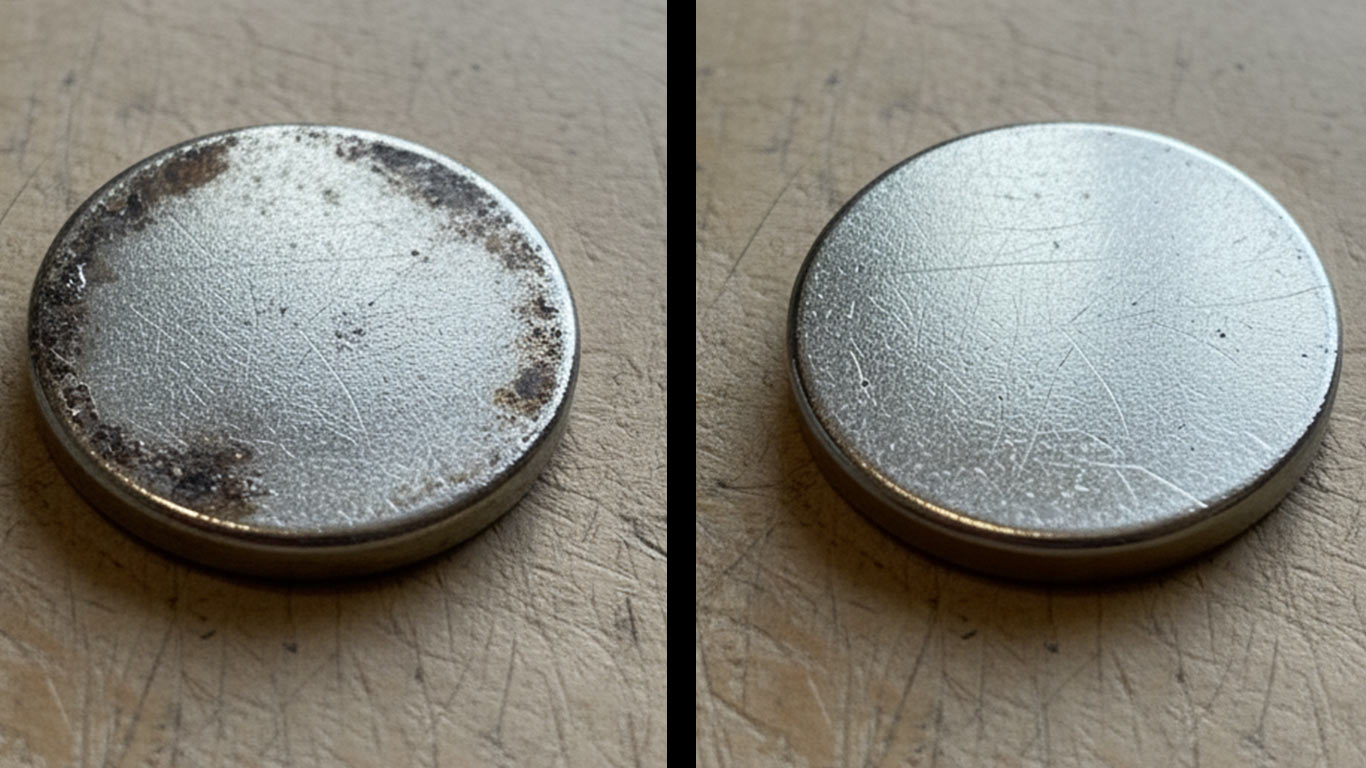
FDA
FDA 21 CFR 1040.10 - Laser Product Performance Standards



When laser cleaning lanthanum for electronics or magnet production, the main obstacle is its rapid oxidation, which quickly dulls the surface, so you must protect it immediately with inert gas to preserve its soft malleability and achieve a clean finish for reliable aerospace applications, free from any residue buildup
I've seen lanthanum surfaces like this many times before cleaning. The contamination forms thick, patchy layers that dull the metal's natural luster. Rough edges and embedded particles make the whole area look cluttered and uneven at this scale.
After the laser treatment, the surface reveals a smooth, even finish without any residue. Clean metallic grains shine through clearly now. The treatment removes all traces of buildup, leaving behind a polished and uniform texture.

FDA 21 CFR 1040.10 - Laser Product Performance Standards

ANSI Z136.1 - Safe Use of Lasers

IEC 60825 - Safety of Laser Products

OSHA 29 CFR 1926.95 - Personal Protective Equipment
License: Creative Commons BY 4.0 • Free to use with attribution •Learn more